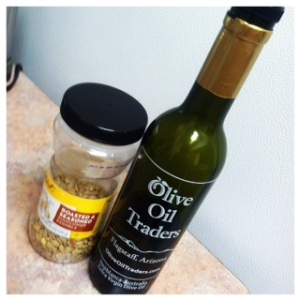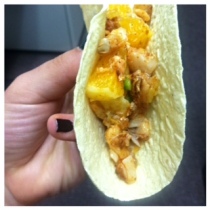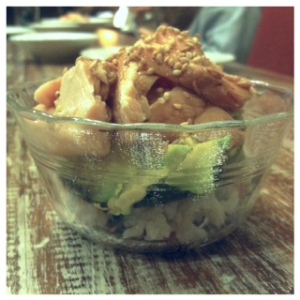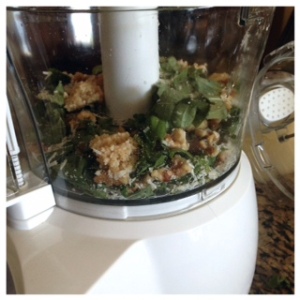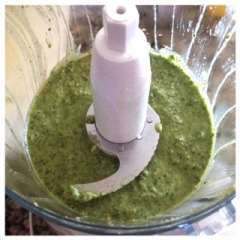I never thought about the ingredients of tahini. It was not until I tried my hand at making hummus that I took a greater look into the ingredients. Surprise, surprise to find the main ingredients listed: sesame seeds, salt and oil–a lot simpler than I had realized. In a few short minutes, I created an ingredient to add flavor to my favorite Middle Eastern dishes.
Tahini is ground sesame seed paste, similar to peanut butter. It is a creamy, oily and smooth nut butter rich in calcium. Tahini is an important ingredient in Middle Eastern cuisine and recipes such as hummus, baba ghanoush, halva and vegan or goddess dressing. Plain, unprocessed sesame paste with no added ingredients, like the one mentioned here, is known as “raw” tahini. Like many nut butters, tahini is a great source of omega-3 fatty acids, calcium and protein. It supports higher levels of fiber than ordinary peanut butter and lower levels of sugar that compliment many nutritional diets.
Here are some tips to keep in mind:
- Use unsalted sunflower seeds. Unsalted seeds allow for you to add salt based on your taste buds.
- Roasting the seeds brings forth the nutty flavors that can be hidden.
- You can toast them in the oven or stovetop. They take no more than 10 minutes; keep your eyes peeled because they can burn easily.
- I used olive oil; blending with olive oil creates an adhesion of creaminess between
the seeds. - Making your own tahini keeps those pesky preservatives from surfacing into your diet.
- Because of tahini’s high oil content, I recommend refrigeration to prevent spoilage.
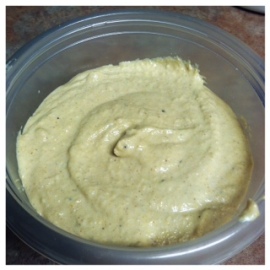 Tahini possesses the ability to transform many ordinary dishes into extraordinary meals. It works for dressings; it works for dips; it works for flavor. The nutritional information of homemade tahini is leaps and bounds above store bought fakers. Who knew simple ingredients and a simple process could make such a flavorful additive to my Middle Eastern cuisines? I do, and now, you do too!
Tahini possesses the ability to transform many ordinary dishes into extraordinary meals. It works for dressings; it works for dips; it works for flavor. The nutritional information of homemade tahini is leaps and bounds above store bought fakers. Who knew simple ingredients and a simple process could make such a flavorful additive to my Middle Eastern cuisines? I do, and now, you do too!
Leave a comment with your nutty, tahini recipes. Follow my Pinterest for more recipes. Check back again next Wednesday for more tips and tricks from The Cooking Bug.

